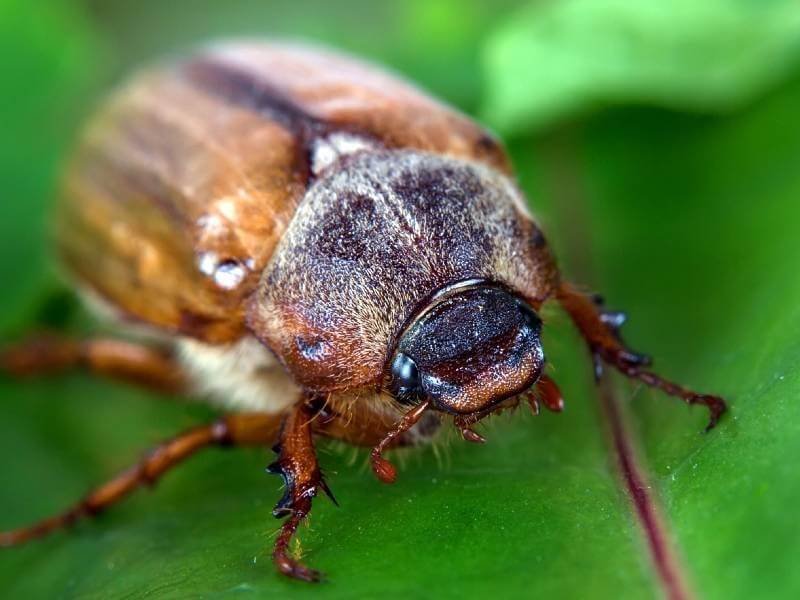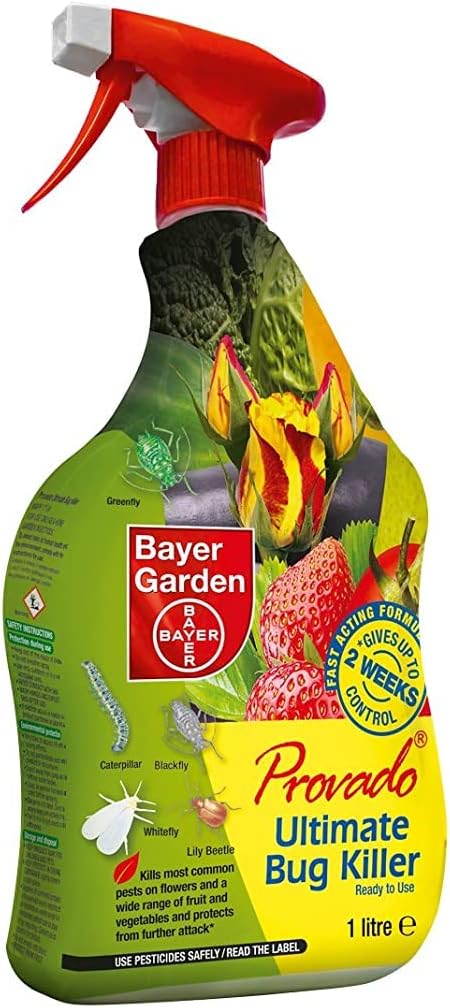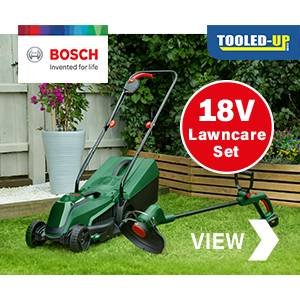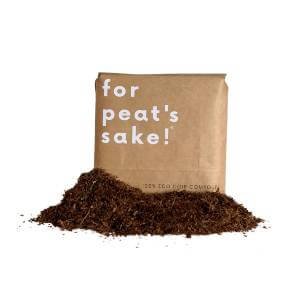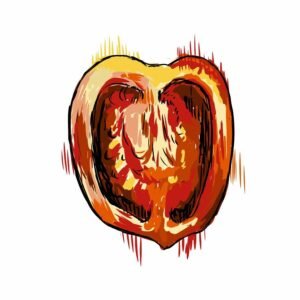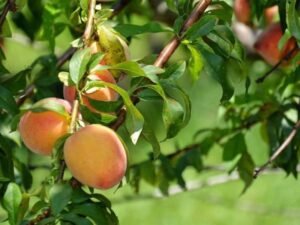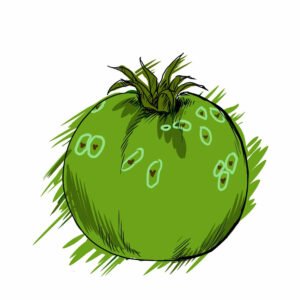Specifically, due to the buzzing noise you will hear in your garden around May, this is also the first sign you will notice that you have these; and even where they receive one of their colloquial names from – the ‘May Bug’.
If left untreated for an extended period, the larvae that live in the soil can cause a significant amount of damage, whilst the beetles themselves will cause a distressing look to the foliage in your garden.
There are over 20 species of chafer in Britain, with cockchafers being one of the most problematic for your garden.
Common name: Cockchafer Beetles or May bug
Scientific name: Melolontha melolontha
Family: Scarabaeidae
What do they look like?: The cockchafer beetle’s size is up to 30mm, and are distinctive with their fan-shaped antennae; they have a black thorax, rusty brown wing cases and brown legs. The rose chafer is 20mm long, metallic green colour and has a distinct ‘v’ shape mark on its back.
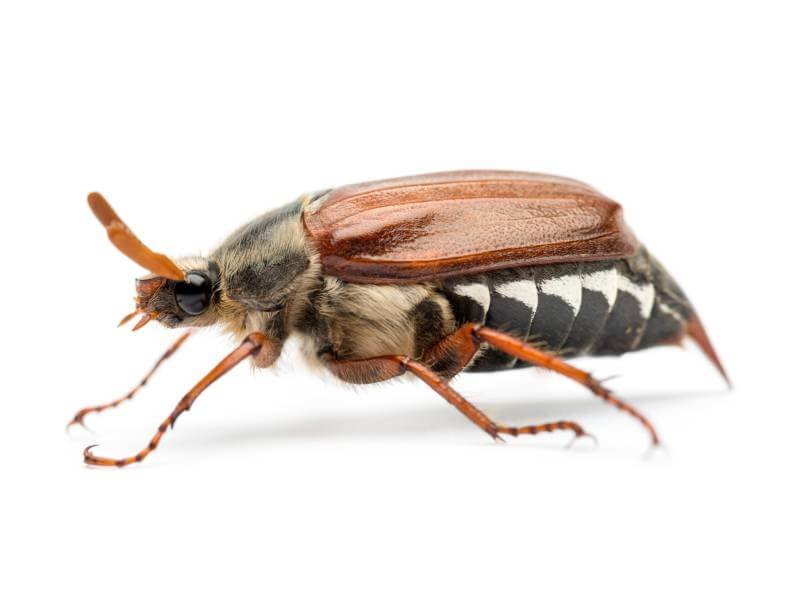
How to spot if you have Cockchafer Beetles?
Source:- Youtube – Natural History Museum
As mentioned above, the buzzing noise may be the first sign that you notice you have this bug, or you may also notice them bumping against light fittings or window panes. As the adults will feed on the leaves and blossoms, you may even see irregularly shaped holes over these; this is another identification.
The cockchafer beetle’s size is up to 30mm, and are distinctive with their fan-shaped antennae; they have a black thorax, rusty brown wing cases and brown legs. The rose chafer is 20mm long, metallic green colour and a distinct ‘v’ shape mark on its back.
Although barely seen, the larvae, also called grubs, hatched by rose chafer adults, would live in the soil. They are 3-4 inches long, fat and yellow/white with brown heads; they are usually seen in a ‘c’ shape pose. Likewise, the may bug larvae is very similar, although very slight skinnier.
Why have I got Cockchafer Beetles?
There’s no specific reason you may have chafers; it could be as simple as they have just flown into your garden and found somewhere to lay around.
Chafers tend to prefer sandy soils as they will typically choose to lay their eggs. There is very little that they do not eat but are drawn to fruits – strawberries, apples, raspberries are to name a few.
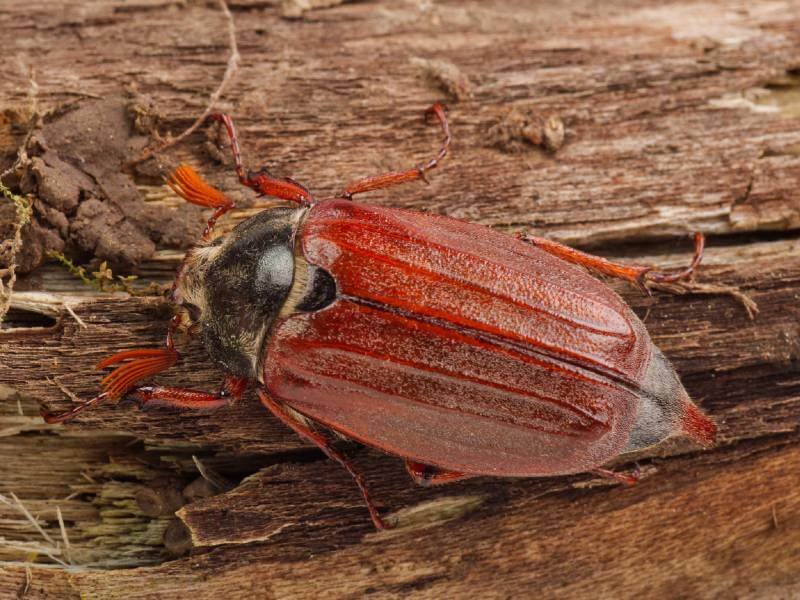
How to get rid of Cockchafer Beetles?
So if you notice you have these, we understand if you want to get rid of them as soon as possible. Here are a few tricks for you. It’s also good to know that the treatment of both the rose chafer and cockchafer is very similar.
Using Your Hands
If there is a small infestation, you will be able to handpick these off (with gloves, of course). After they have picked, place in a bucket of soapy water. If you catch them early on, the chances are you can deal with this infestation a lot better. And, this is a daily task!
Using Pesticides
Pesticides may need to be used if a large infestation and other methods don’t work; this will need to be sprayed every two days as it will need to cover those that will ‘fly-in’ problem. When choosing one of these, be sure to look for the following ingredients; Imidacloprid, Permethrin, Cyfluthrin, Bifenthrin, Carbaryl.
Also, make sure the pesticide you choose is specifically suitable for the plant you are treating and be mindful of the last date of application and when harvest will be.
How to prevent Cockchafer Beetles?
There are a few tricks to prevent these pests from coming back again because let’s face it, once you’ve got rid of them or nearly – we understand if you do not want these pests back.
Watch your Rose plants
Keep an eye on your roses in the garden, starting in late May. If you have had an infestation like this before, you should check on your garden more than usual.
Physical Barriers
During the growing season, you may also find using a physical barrier is also an option, although some could say this is slightly unattractive. Good options are a cheesecloth or floating row cover; this is a safe, non-toxic way to protect your plants from unwanted bugs. You can take these down when the chafers are finished feeding – this will be after June.

Potential damages to your plants
It’s not necessarily the adults you should be worried about, albeit the adults will chew through flowers and leaves causing irregularly shaped holes. This is called skeletonising – where the top layer of the leaf is eaten off.
The larvae, however, eat the plant’s roots and can cause the young plants to die.
The larvae can be useful in compost as they eat dead or decaying leaves other composting material on the contract. However, from this, you are likely to end up spending a lot of your time monitoring the beetles in due course, so we don’t highly recommend this – unless, of course, you are an organic gardener.
Typically Chafers will not damage your lawn or landscape plants.
Cockchafer Beetles facts
Even though cockchafer beetles are typically seen as pests in the gardening world, they genuinely are fascinating creatures, which you will realise below;
- Chafer beetles will survive for four to six weeks and use this time to search for male.
- The life cycle of a rose chafer adults will come out of the ground between May-early June; they will feed on the plants for three or four generally until late June. The female will lay eggs in the soil and then sadly die shortly after. Two-three weeks later these eggs will hatch into the larvae who feed on the roots. They will then spend winter in the soil below the frost line then transforming into pupae the following year and emerging as adults. There is one generation a year.
- They can also be called doodlebug due to their buzz when flying which was also used for Germany’s V-1 flying bomb in World War II.
- Believe it or not it has even more common names used in different areas – mitchamador billy witch and spang beetle.
- There are two species of the cockchafer beetle. The common version is found in the south of the UK – Melolontha melolontha whilst the Melolontha hippocastani is located in the North Scotland and Ireland.
- In the 20th century in the UK pesticides harmed many of these insects; numbers are only recovering.
- If you have chickens or other pests you will want to be rid of these pests immediately! Do not let them play or consume the chafers as they ware poisonous.
What plants are affected?
The below highlight the beetle’s natural habitat and where you will typically see them, which, however, we’re sorry, is a lot of places that cover a vast area.
Flower border
Hedges
Herb Gardens
Meadow Area
Patio Shrub
Woodland Area
FAQs
What are cockchafer beetles?
Cockchafer beetles, also known as May bugs or doodlebugs, are a common gardening pest in Europe. They belong to the Scarabaeidae family and are known for their large size, brown colour, and nocturnal activity.
How can I identify cockchafer beetles?
Adult cockchafer beetles are between 25-30mm long, with a brown body and white triangular patches down each side. They have distinctive fan-like antennae that they use to detect pheromones.
When are cockchafer beetles most active?
Cockchafers are most active during the late spring and early summer months, often during the evenings. This is when the adults emerge from the ground and can be seen flying around trees and shrubs.
What damage do cockchafer beetles cause?
The larvae, known as grubs, feed on the roots of grasses and plants, which can lead to yellow patches on lawns and weakened growth or death of plants. Adult cockchafers can also feed on leaves and flowers, but they cause less damage compared to the larvae.
Are cockchafer beetles harmful to humans or pets?
No, cockchafer beetles are not harmful to humans or pets. They may be a nuisance due to their loud buzzing and attraction to lights, but they do not bite or sting.
How can I control cockchafer beetle infestations?
Biological control methods such as using nematodes can be effective against the grubs in lawns and turf. Chemical control options are generally not recommended for home gardeners due to environmental concerns.
Can I prevent cockchafer beetle infestations?
Preventative measures include maintaining healthy soil with good drainage, encouraging natural predators like birds and hedgehogs, and avoiding excessive use of artificial lighting outdoors which may attract adult beetles.
Are cockchafer beetles beneficial in any way?
While they can cause damage to gardens and crops, cockchafer beetles play a role in the ecosystem. The larvae help decompose organic matter in the soil, aiding nutrient recycling. Additionally, they are a food source for wildlife.
What is the life cycle of a cockchafer beetle?
The life cycle of a cockchafer beetle can span 3-4 years. Females lay eggs in the soil, which hatch into larvae that live underground for 1-3 years, feeding on plant roots. They then pupate and emerge as adults the following spring.
Is it legal to kill cockchafer beetles?
Laws regarding the control of pests vary by location. It's best to check with local wildlife conservation regulations before taking any action to control cockchafer beetles, as they may be protected or there may be restrictions on the methods allowed for their control.


